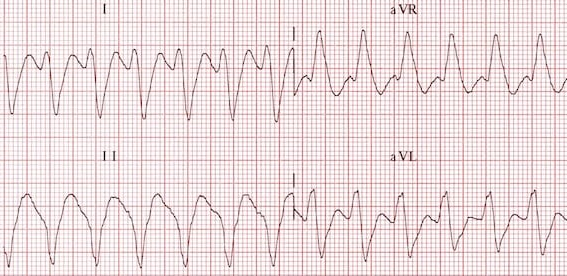
Author of the LITFL ECG Library | Adult/Paediatric Emergency Medicine Advanced Trainee | Adj Lecturer @monash_para | #ECG #FOAMed @LITFLblog
How to get URL link on X (Twitter) App




 @ICEM2022 @acemonline All this talk about VT versus SVT and it seems no one talks about an approach to regular narrow complex tachycardia.
@ICEM2022 @acemonline All this talk about VT versus SVT and it seems no one talks about an approach to regular narrow complex tachycardia. 
 A couple of things.
A couple of things.
 No, you are not smarter than a computer. But computers don’t allow for human error.
No, you are not smarter than a computer. But computers don’t allow for human error.
 @LITFLblog We may have heard that Na channel blockade causes “right axis deviation of the terminal QRS”.
@LITFLblog We may have heard that Na channel blockade causes “right axis deviation of the terminal QRS”.